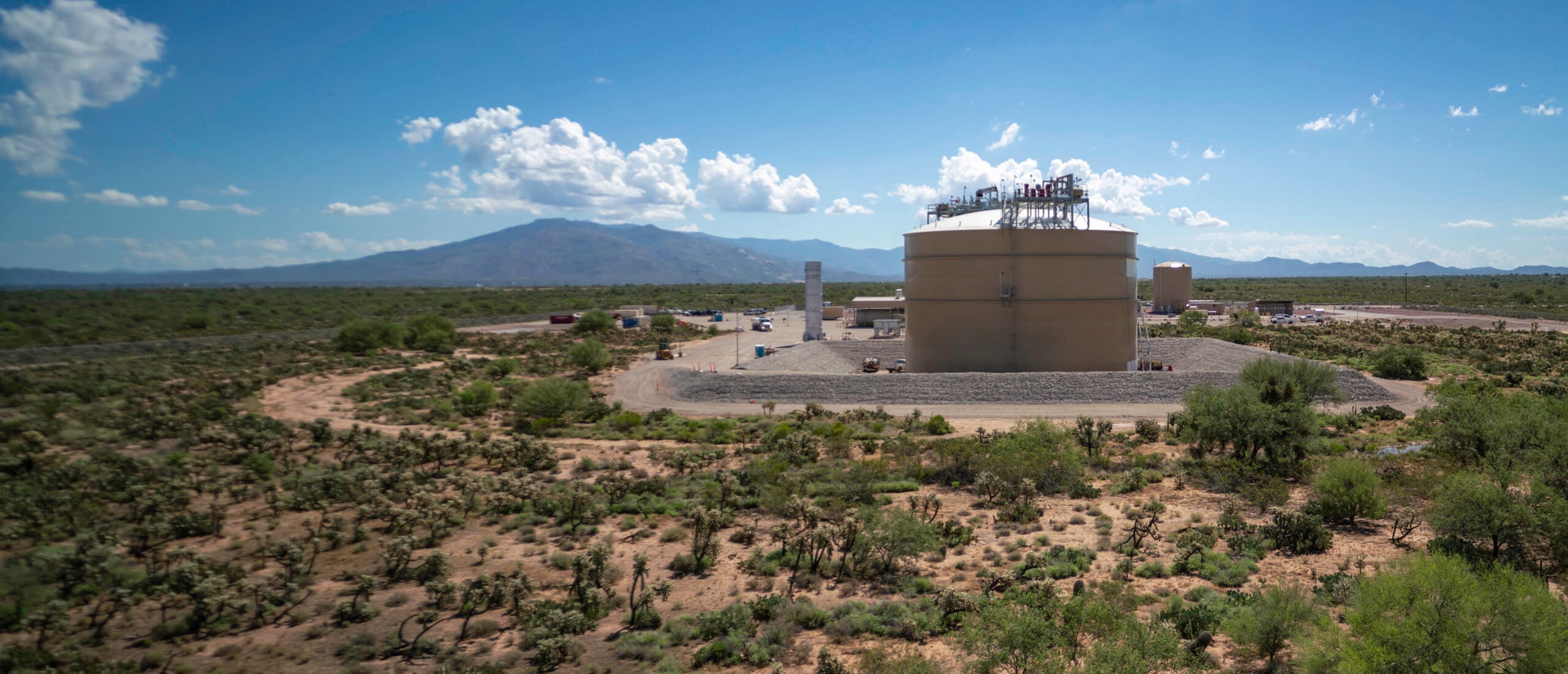API adopts rules for use of membrane tank technology in land based applications for cryogenic and refrigerated storage
Matrix now offers full spectrum of solutions to meet customer needs
When Matrix PDM Engineering became the first EPC company based in the U.S. to license membrane tank technology from GTT North America in 2016, regulatory standards including NFPA 59A and Canadian Standard CSA Z276 included provisions for its use for cryogenic and refrigerated storage. Recently, they also required compliance with API design and construction standards such as API 625 and 620.
Therein lay the problem.
At the time, API 625 and API 620 did not address the use of membrane tank technology. That’s when Matrix PDM Engineering Director Rama Challa, as Chairman of the Refrigerated Tank Task Group (RTTG)—a working group within the API Subcommittee on Aboveground Storage Tanks (SCAST)—and his team got to work on rule changes to allow for its use.
After numerous revisions and balloting within the RTTG and SCAST, changes have been incorporated and recommended for publication as follows:
• API 625 Tank Systems for Refrigerated Liquefied Gas Storage—Additions to main body to incorporate the membrane containment tank systems
• API 620 Design and Construction of Large, Welded, Low-pressure Storage Tanks—Addition of new Annex Y to cover Membrane Component of Membrane Containment Tank Systems
• API 620 Design and Construction of Large, Welded, Low-pressure Storage Tanks—Additional rules to cover metallic outer containers for membrane containment tank systems for:
1. Annexure R Low pressure Storage Tanks Operating Between +40 °F and –60 °F that covers storage of refrigerated gases, and
2. Annexure Q, Low pressure Storage Tanks for Liquefied Gases at –325 °F or Warmer that covers storage of cryogenic gases.
A similar effort is underway by the America Cement Industry (ACI) 376 committee, on which Matrix PDM Engineering Manager Joe Hoptay is a member.
“Successfully introducing any change, let alone a change as significant as this, into existing API standards requires strong leadership skills, expertise, and patience,” said Matrix PDM Engineering Senior Vice President Ken Erdmann. “We’re extremely proud of Rama and the work of the RTTG.”
Matrix enjoys a long-standing history as a North American leader in the design, fabrication, construction, maintenance and repair of single wall, double wall, and full containment tank systems. With the addition and offering of membrane containment, Matrix now offers its LNG and NGL customers a full spectrum of solutions to meet their project needs.
Examples of projects that might benefit are LNG facilities where owner/operators seek faster speed-to-market or, in some instances, for projects located in areas with higher seismic activity.
Membrane containment is the dominant technology used for LNG ocean-going carriers and in various land-based applications in other countries around the world.
